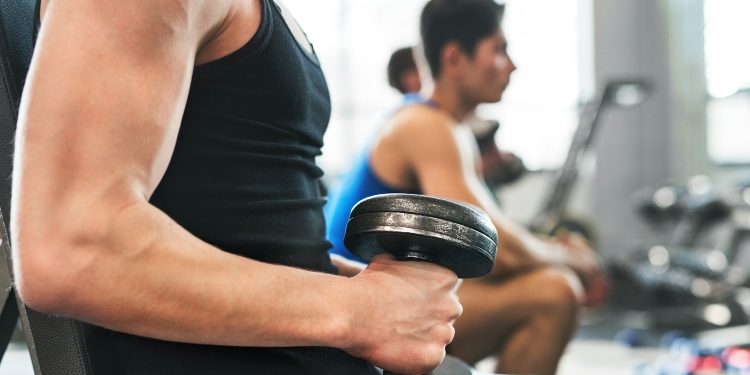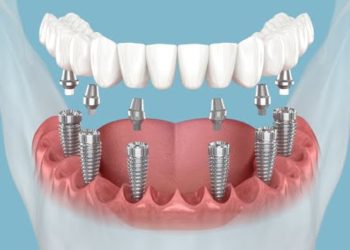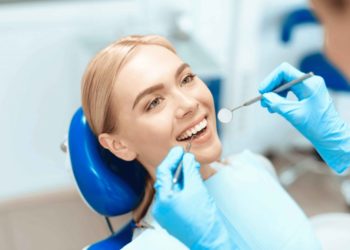IGF-1 LR3 in Bodybuilding and Fitness
In scientific research and bodybuilding, IGF-1 LR3 is developed to increase IGF-1 biological activity. This change increases its half-life, allowing it to circulate in the body longer and boost its effects. IGF-1 LR3 binds to the IGF-1 receptor on cell surfaces to start a chain of cellular actions that stimulate muscle growth, cell repair, and regeneration. Bodybuilders and athletes are interested in “IGF-1 LR3 before and after” results since the chemical is said to increase muscle mass and performance, but its use is contentious and regulated in many sports.
Bodybuilders and athletes must understand the “IGF-1 LR3 before and after” effect on body composition before using it. This understanding helps set realistic expectations and protect health. After intense training sessions and strict routines, many athletes seek ways to unwind and recover mentally, whether through hobbies, social activities, or even online entertainment. Some prefer options like a magyar online casino, which can provide a convenient way to relax and enjoy downtime without stepping away from home. It can cause significant muscle mass and performance changes, metabolic abnormalities, and adverse effects. Thus, a detailed understanding lets consumers assess the pros and cons and make informed decisions about its use. Recognizing these effects is also necessary to follow sporting bodies’ ethical guidelines and preserve competitive sports.
Understanding Body Composition
Fitness and health professionals must know that body composition, not weight or BMI, is the best health indicator. Healthy body compositions promote metabolic health and reduce chronic disease risk by having less body fat and more lean muscle mass. IGF-1 LR3 supplements can make your “IGF-1 LR3 before and after” fitness photos appear great, especially for fat loss and muscle gain. This muscle-building peptide hormone is popular because it can improve body composition, sports performance, and rehabilitation. Be careful with these supplements—a healthy diet and regular exercise are the foundations of any fitness program.
Body composition is influenced by factors such as heredity, diet, energy expenditure, rest, and stress. It is critical to know how IGF-1 LR3 before and after works while incorporating it into a wellness regimen. Along with a balanced diet and regular exercise, this hormone can help you gain muscle and lose fat. The functions of IGF-1 and LR3 are interdependent. Get enough of sleep, strength train, and eat a protein-rich diet to get the most out of this product.
IGF-1 LR3 Before and After: Effects on Muscle Growth
IGF-1 LR3 has been researched for muscle growth and hypertrophy in fitness and bodybuilding. Muscle growth may slow without IGF-1 LR3, despite diet and exercise. Use of IGF-1 LR3 usually increases muscle density and development. It increases muscle cell protein synthesis and nitrogen retention, promoting growth. IGF-1 LR3 accelerates muscle fiber repair and regeneration, boosting muscle growth. It increases muscle tissue by targeting proliferative cell divisions, making it a popular supplement for athletes.
Compare IGF-1 LR3 before and after effects on muscle growth seekers to witness its transformative capability. No matter the diet or workout intensity, the body’s intrinsic protein synthesis limitation may initially hinder muscle growth. After using IGF-1 LR3, protein synthesis skyrockets, improving muscular volume and strength. This molecule boosts muscle cell amino acid absorption, which is needed for protein use and muscle fiber repair. The rise in muscle density and size shows IGF-1 LR3’s importance in exceeding normal growth limitations and boosting muscle development’s anabolic environment.
IGF-1 LR3 impacts muscular growth, recuperation, and regeneration, which extreme athletes need. The chemical speeds recovery by increasing cell proliferation and division, which repairs muscle fiber micro-tears following severe workouts. Rapid recovery lets you train harder and more often without pain. IGF-1 LR3 athletes heal faster and have fewer injuries due to muscle regeneration. IGF-1 LR3’s complete influence on the body’s ability to adapt and evolve in response to physical difficulties, including enhanced muscle growth and better recovery, represents a new chapter in performance optimization and muscular development.
IGF-1 LR3 Before and After: Impact on Fat Loss
The infusion of IGF-1 LR3, a modified insulin-like growth factor, has been demonstrated to stimulate lipolysis and increase fat loss. Conventional approaches may struggle to lose resistant fat before therapy. IGF-1 LR3 accelerates fat decomposition by increasing lipolysis. This technique reduces fatty tissue, defines muscles, and improves body composition.
The difference between IGF-1 LR3 before and after dosing shows its metabolic rate-enhancing fat loss effects. People with stagnant metabolic rates fail to lose weight despite dieting and exercise before treatment. Some report a metabolic boost after adding IGF-1 LR3 to their diet. This metabolic boost promotes fat burning and improves nutrient-to-energy conversion, boosting sustained physical performance and decreasing fat reaccumulation. IGF-1 LR3 optimizes body composition by reducing fat and boosting metabolism.
In addition to lipolysis and metabolic rates, IGF-1 LR3 profoundly affects fat oxidation, changing the body’s energy usage dynamics. Before IGF-1 LR3, the body may prefer glucose for energy, leaving fat stores untapped, especially in resistant fat locations. IGF-1 LR3 increases fat oxidation and makes fat the body’s major energy source. This change reduces adipose tissue and boosts energy and endurance, demonstrating the compound’s substantial effect on fat reduction and body composition through metabolic efficiency.
IGF-1 LR3 in Athletic Performance Enhancement
Many have debated the use of IGF-1 LR3 in sports and performance enhancement. This synthetic protein mimics insulin-like growth factor 1, a hormone essential for muscle growth and repair. Athletic performance, muscle density, recuperation times, and “IGF-1 LR3 before and after” scenarios are often discussed by athletes and fitness aficionados. However, such enhancements should be used cautiously and with consideration of their ethical and health hazards.
The ethical usage of IGF-1 LR3 is hotly discussed in fitness and bodybuilding. The stunning “igf-1 lr3 before and after” transformations advertised in forums and websites entice many to utilize it for muscle growth and recuperation. Ethically, natural and augmented performance blur, posing problems regarding competitive fairness and success validity.
Transparency and regulation are being advocated to encourage players to follow legal and health rules while contemplating the long-term effects of their actions on their bodies and the sport.
IGF-1 LR3 Before and After: Anti-Aging Effect
IGF-1 LR3’s putative anti-aging impact has attracted a lot of interest lately, especially from people who are trying to slow down the aging process. Researchers and users have reported benefits in skin elasticity, muscle tone, and general energy levels by comparing “IGF-1 LR3 before and after” scenarios. The synthetic form of insulin-like growth factor, called IGF-1 LR3, is said to have anti-aging properties because it is essential in encouraging cell growth and regeneration. Although more investigation is required to completely comprehend its safety and efficacy, preliminary data indicates that IGF-1 LR3 may be a viable element of age management plans.
Beyond aesthetic enhancements, IGF-1 LR3’s capacity to increase longevity has drawn attention from scientists. The “IGF-1 LR3 before and after” study reveals underlying changes that could affect lifespan in addition to surface-level alterations. Due to its involvement in metabolic regulation and cell regeneration, this synthetic hormone may have a molecular effect on aging processes, potentially postponing the onset of age-related disorders and enhancing quality of life in later life. To validate these first results and address safety concerns, further comprehensive research is necessary to fully comprehend the range of effects of IGF-1 LR3 on longevity.
Key Takeaways on IGF-1 LR3 Before and After Effects
In conclusion, “igf-1 lr3 before and after” research show that it can increase lean muscle mass and decrease body fat. This peptide hormone affects muscle fiber development, recuperation, and body re-composition methods in athletes and bodybuilders. While the benefits are obvious, it’s important to use it responsibly and securely under medical supervision to understand its mechanics and negative effects.
Future users of IGF-1 LR3 should carefully consider the “igf-1 lr3 before and after” situations to make educated decisions. This requires a thorough grasp of this peptide’s effects, benefits, and hazards. Without medical supervision, using it could have unforeseen consequences. People must examine both short-term and long-term health benefits. Engaging with healthcare professionals who can provide individualized guidance based on health status and fitness objectives is the greatest method to ensure that IGF-1 LR3 helps body re-composition.
David Prior
David Prior is the editor of Today News, responsible for the overall editorial strategy. He is an NCTJ-qualified journalist with over 20 years’ experience, and is also editor of the award-winning hyperlocal news title Altrincham Today. His LinkedIn profile is here.











































































